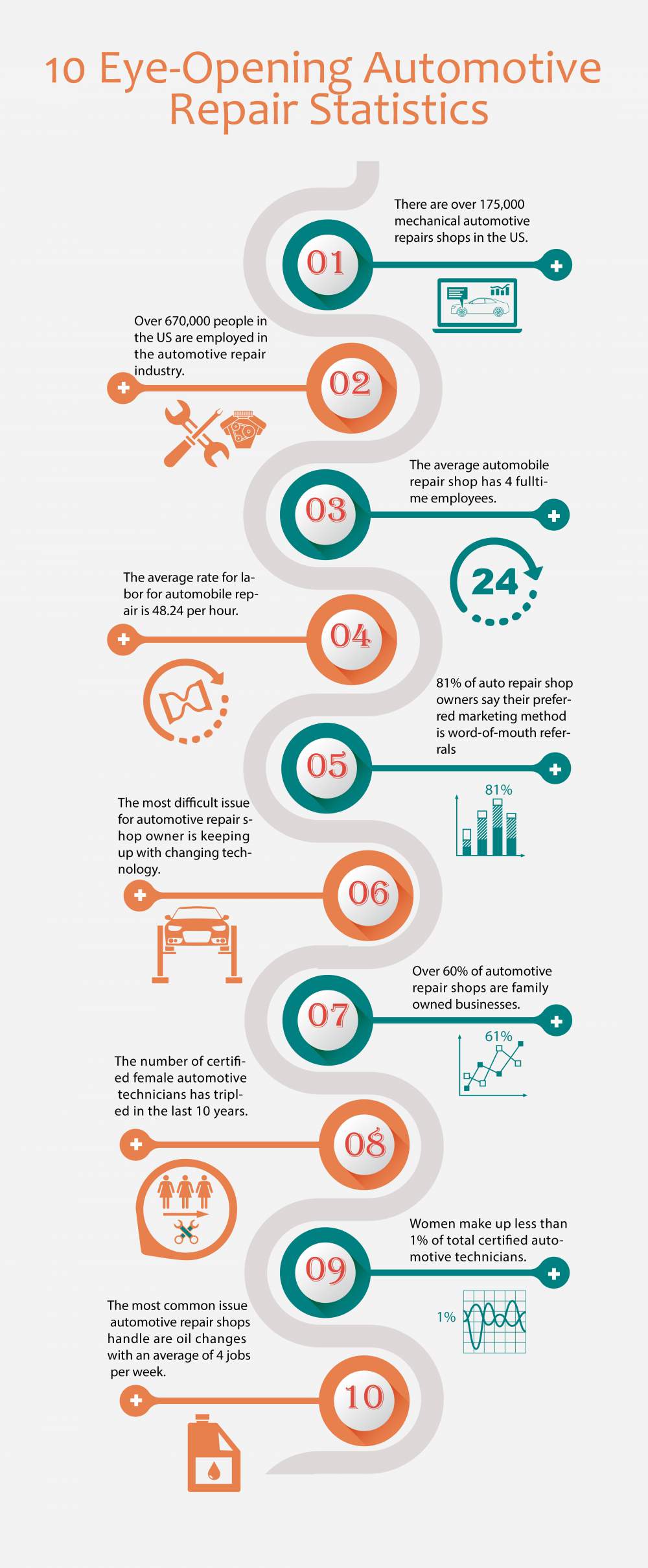Seeking Clarity On The Caution Lights Showed On Your Automobile'S Control Panel? Figure Out Exactly How They Connect To Your Car'S Health And Safety
Seeking Clarity On The Caution Lights Showed On Your Automobile'S Control Panel? Figure Out Exactly How They Connect To Your Car'S Health And Safety
Blog Article
https://donovanmhcwr.blogscribble.com/32169957/eco-friendly-cars-and-truck-describing-products-you-ought-to-try -Vinson Shepherd
When you lag the wheel, those radiant caution lights on your control panel can be a bit puzzling. Do you understand what they're trying to tell you regarding your auto's health? Understanding the value of these lights is crucial for your safety and the long life of your car. So, the next time one of those lights turns up, wouldn't you intend to decipher its message precisely and take the essential steps to address it?
Common Warning Lighting and Interpretations
Recognize usual caution lights in your vehicle and recognize their definitions to ensure safe driving.
The most typical caution lights include the check engine light, which indicates concerns with the engine or emissions system. If this light comes on, it's crucial to have your lorry checked without delay.
The oil pressure alerting light suggests low oil stress, needing immediate focus to prevent engine damages.
A blinking battery light might suggest a malfunctioning charging system, potentially leaving you stranded if not resolved.
cardetailersauckland monitoring system (TPMS) light signals you to reduced tire stress, influencing lorry stability and fuel effectiveness. Overlooking this might lead to unsafe driving conditions.
The abdominal muscle light indicates an issue with the anti-lock stopping system, compromising your capability to quit rapidly in emergencies.
Lastly, the coolant temperature level alerting light warns of engine overheating, which can result in severe damages if not fixed quickly.
Comprehending these typical caution lights will certainly help you attend to issues quickly and maintain risk-free driving conditions.
Value of Prompt Interest
Comprehending the typical caution lights in your automobile is only the primary step; the value of quickly resolving these warnings can't be highlighted enough to ensure your safety and security on the road.
When a warning light brightens on your dashboard, it's your auto's means of interacting a possible problem that requires focus. Ignoring these cautions can lead to more severe troubles in the future, compromising your security and possibly costing you a lot more out of commission.
Prompt attention to advising lights can protect against breakdowns and crashes. For instance, a blinking check engine light can show a misfire that, if left ignored, could create damage to the catalytic converter. Addressing this quickly can save you from an expensive repair.
Likewise, a brake system alerting light might indicate low brake liquid or used brake pads, essential parts for your safety when driving.
DIY Troubleshooting Tips
If you discover a warning light on your dashboard, there are a few DIY fixing pointers you can try prior to seeking professional help.
The initial step is to consult your cars and truck's guidebook to recognize what the particular caution light shows. In some cases the concern can be as easy as a loose gas cap triggering the check engine light. Tightening up the gas cap may settle the issue.
boatdetailingauckland is a reduced battery, which can activate various advising lights. Inspecting the battery links for corrosion and ensuring they're safe may repair the problem.
If a warning light continues, you can attempt resetting it by separating the cars and truck's battery for a few mins and afterwards reconnecting it. In addition, examining your vehicle's fluid levels, such as oil, coolant, and brake fluid, can help fix warning lights related to these systems.
Verdict
In conclusion, recognizing your car's warning lights is essential for maintaining your automobile running efficiently and securely. By quickly addressing these notifies and recognizing what they imply, you can prevent pricey repairs and prospective breakdowns.
Remember to consult your car's guidebook for particular details on each alerting light and take action appropriately to make sure a trouble-free driving experience.
Stay informed, stay safe when traveling!
